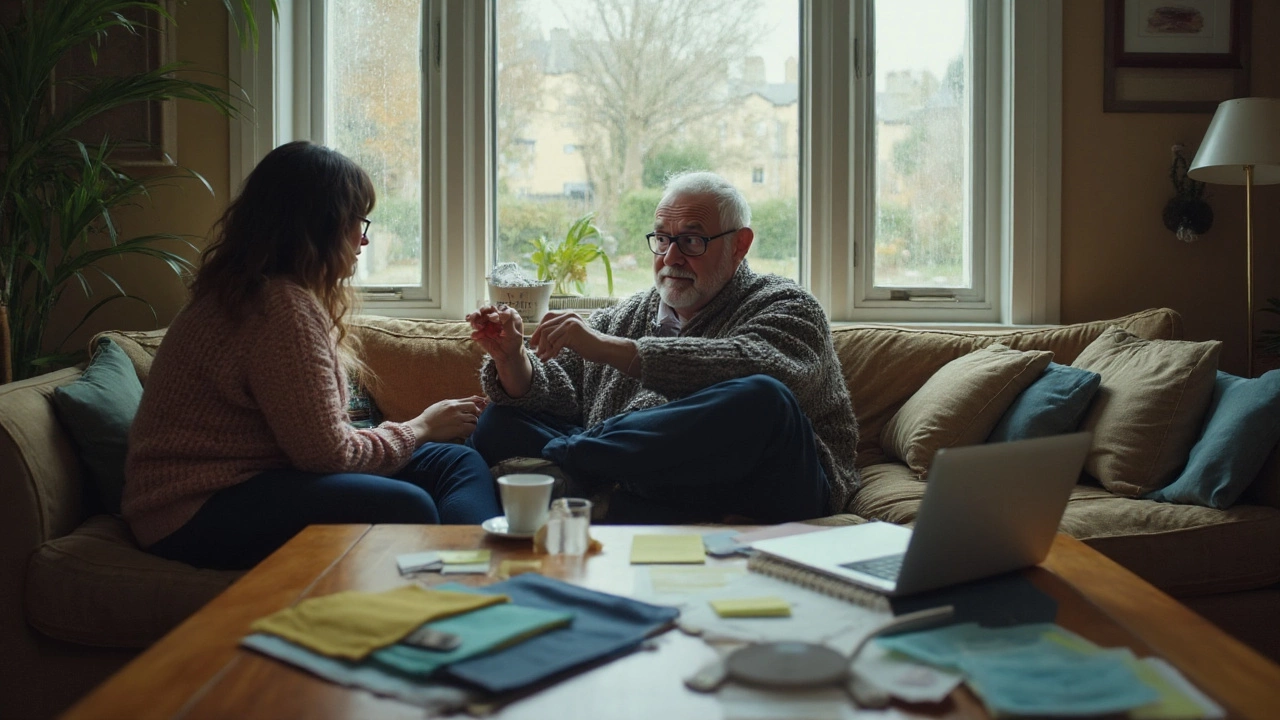Wondering when to swap your sofa? Get clear timelines, hard signs to replace, repair-vs-buy rules, NZ cost ranges, and a care plan to make your next couch last.
Reupholster vs Replace: How to Pick the Right Path for Your Furniture
You've got a sofa that looks tired, a dining chair with a ripped seat, or a favorite armchair that’s lost its plush feel. The first question that pops up is: should you reupholster it or just buy a new one? It’s a common dilemma, and the answer depends on a few practical factors—budget, style, and how long you plan to keep the piece.
In this article we’ll compare the two routes, walk through the real costs, and give you a simple decision checklist. By the end you’ll know whether a fresh fabric can save you money or if it’s time to start shopping for a replacement.
Cost and Time: What Really Adds Up
Reupholstering sounds cheap because you’re only paying for fabric, foam, and labour. In reality, a professional job for a three‑seater sofa can run between £600 and £1,200, depending on the material and any structural repairs needed. If you do it yourself, you might cut the price to £300‑£500, but you’ll need tools, a clean workspace, and a willingness to tackle upholstery staples.
Buying a new sofa, on the other hand, can start around £800 for a basic model and go well over £3,000 for premium brands. That price includes delivery, warranty, and often a design guarantee that the piece will hold its shape for years.
Time is another factor. Reupholstering usually takes 1‑3 weeks, especially if you need to order custom fabric. A new purchase can be in your living room the same day if you pick it up from a local store, or a few weeks if it’s a special order.
How to Decide: A Simple Checklist
1. Condition of the frame – If the wooden or metal frame is solid, reupholstering makes sense. Cracked frame legs, sagging springs, or broken dovetails usually mean replacement is cheaper in the long run.
2. Style and size – Classic designs (mid‑century, Chesterfield) are harder to replace because they’re not mass‑produced. A custom reupholster can keep the look you love. If the piece is a generic design, a new sofa might give you a fresher style for a similar price.
3. Emotional value – A family heirloom or a couch with memories attached often deserves a second life. Money saved on reupholstering can be put toward a higher‑quality fabric that lasts longer.
4. Sustainability goals – Reupholstering reduces waste and can be a greener choice. If eco‑friendliness matters to you, look for fabrics made from recycled or natural fibers.
5. Budget floor – Set a hard limit. If the reupholster quote creeps above the cost of a comparable new piece, it's a clear sign to replace.
When you weigh these points, the decision becomes clearer. For many homeowners, reupholstering a well‑built frame with a fabric they love saves money and adds a personal touch. For pieces with damaged frames, outdated proportions, or low sentimental value, a fresh purchase often wins.
Bottom line: don’t automatically pick the cheaper option. Look at the whole picture—cost, condition, style, and how long you plan to keep the furniture. With this guide you can make an informed choice that fits your wallet and your home aesthetic.
